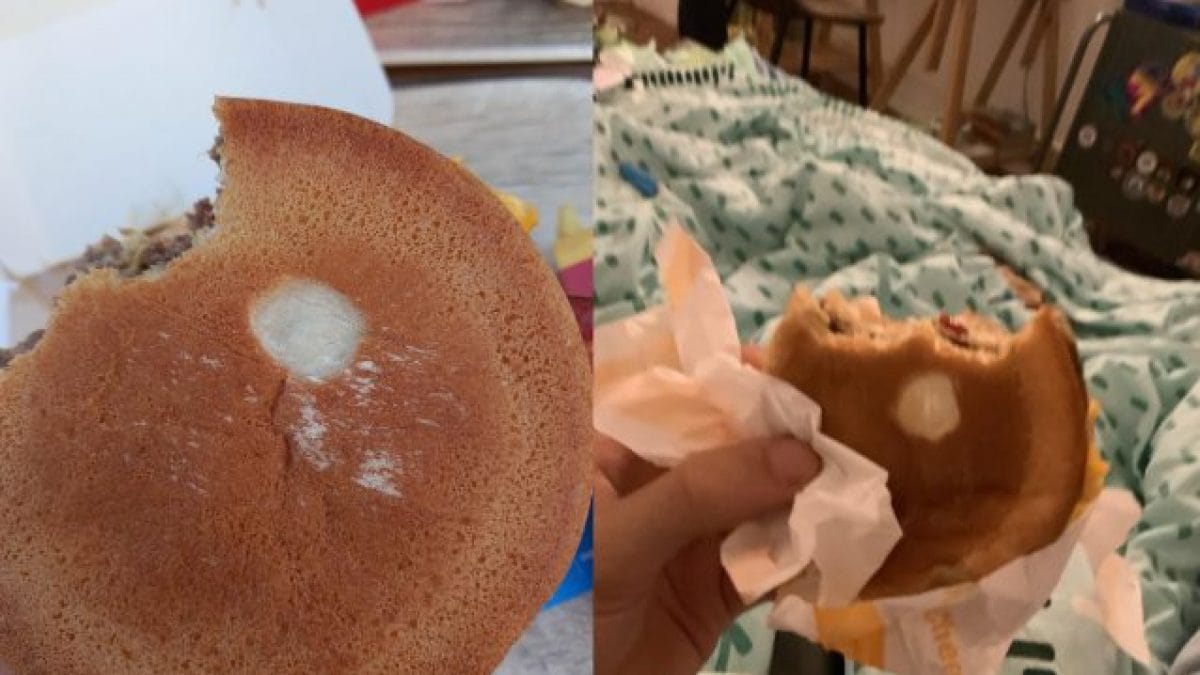
Ever taken a bite of your McDonald’s hamburger and noticed a mysterious white dot on the bottom bun? It's a subtle detail, often overlooked, yet it piques the curiosity of many. Is it a secret code? A quality mark? Or perhaps just a baking quirk?
The Likely Culprit? Flour
The most plausible explanation for the white dot is a simple one: flour. During the baking process, bakers often dust the dough with flour to prevent it from sticking to surfaces. This practice can leave a residual white spot on the bun's surface, especially on the bottom where it contacts the baking tray. It's a common occurrence in commercial baking and is entirely harmless.
Not Mold, Just a Dusting
It's understandable to mistake the white dot for mold, but there are distinguishing features. Flour residue is dry and powdery, whereas mold tends to be fuzzy or slimy with a musty odor. If the spot is bright white and lacks any off-putting smell, it's likely just flour. However, if you're ever in doubt, it's best to err on the side of caution and avoid consumption .
The presence of the white dot is a testament to the intersection of traditional baking techniques and modern fast-food production. It highlights how age-old practices still find relevance in today's culinary landscape, even in large-scale operations like McDonald's.
;Resize,width=767;)
